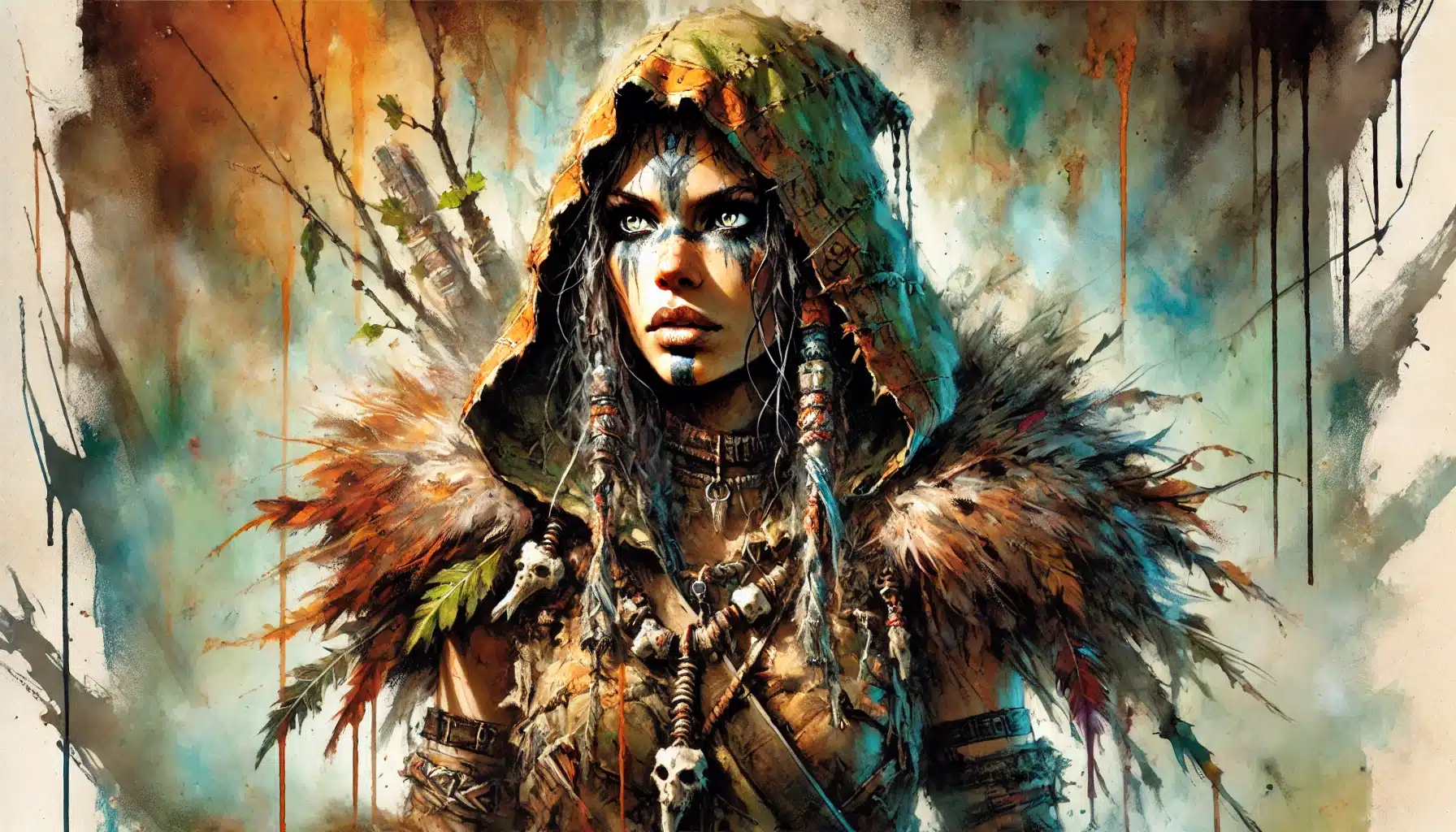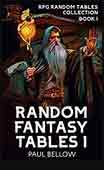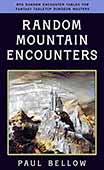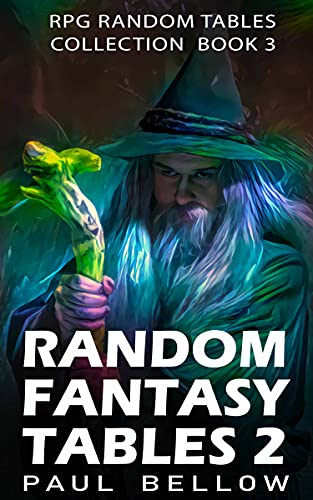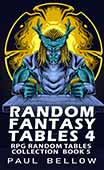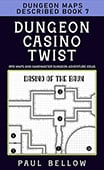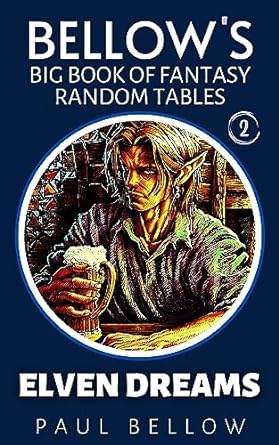There’s a secret alchemy that transforms a good Dungeons & Dragons campaign into an unforgettable adventure—one that lingers in memory long after dice are packed away. That alchemy is emotional depth. It shapes moments at the table into stories players carry with them for years. If you’ve ever seen a player’s eyes widen with genuine worry for their character’s fate, or watched laughter fade to stunned silence as a dramatic reveal lands, you know what I mean. The heart of tabletop roleplaying isn’t just monsters and loot; it’s the emotional connections made in those fleeting, unscripted moments.
Emotional beats—joy, loss, hope, fear—add layers of realism and resonance that stick. Sure, players remember the time they felled the dragon, but it’s the bittersweet rescue attempt of a beloved NPC or the hard-won reconciliation between characters that truly burns brightest. These episodes become inside jokes, shared references, and stories told again and again. (And if you need a D&D backstory generator, we’ve got you covered!)
For Dungeon Masters—both newcomers and battle-worn veterans—deliberately building emotionality into your campaign is a level-up move. This guide will help you move past mere skill checks and initiative rolls, teaching you how to shape encounters and stories where emotion sits at the center. Whether you’re weaving a tale for your first campaign or your fifteenth, you’ll find that leaning into sincerity doesn’t require you to turn the table into a soap opera; instead, it’s about honest moments, thoughtfully seeded.
Often, D&D’s emotional potential is an overlooked treasure. Some default to focusing on mechanics, tactics, and puzzles—those are important, but without emotional context, even the most brilliantly designed trap can feel hollow. Real immersion happens when players are invested not just in the “what” but in the “why.” This guide is an invitation to add that crucial depth.
So, gather your notes, sharpen your pencils, and prepare to look at your world and your party in a new way. Because when you design with emotion, you unlock storylines with the power to haunt, heal, and inspire.
Why Emotion Matters in D&D
Tabletop roleplaying games, unlike any video game or novel, create shared emotional experiences in real time. The magic comes from a group leaning in, collaborating, reacting, and caring not just about the outcome, but about how it feels to get there. In these spaces, joy and heartbreak are not just lines of dialogue for an audience—they are felt directly by the people around the table.
When the stakes are emotional, everything matters more. A simple travel scene becomes a chance for quiet reflection, a pivotal battle twists and knots the stomach, and even downtime between quests takes on new significance as characters—through their players—wrestle with joy, frustration, or guilt. Emotional tension colors decision-making and deepens immersion, making the campaign world feel real enough to miss.
Try my AI Tabletop RPG generators...and an extensive library of content!
Compare a campaign focused exclusively on mechanics and loot to one full of emotional resonance. In the first, players may compete over treasure, optimize stats, and laugh off failure with little hesitation. In the second, every betrayal stings, every alliance brings hope, and the threat of loss keeps players on edge. Emotional stories lead to richer, more lasting engagement. These are the campaigns retold around campfires, at conventions, and years later across long-distance group chats.
An emotionally-driven campaign becomes more than a game—it feels like a novel co-written by the whole table. Character arcs matter, consequences reverberate, and the world takes on meaning far beyond hit points or gold. Pursuing this kind of depth isn’t about adding tears for their own sake. It’s about honesty, vulnerability, and the courage to let your story—your shared story—go somewhere real.
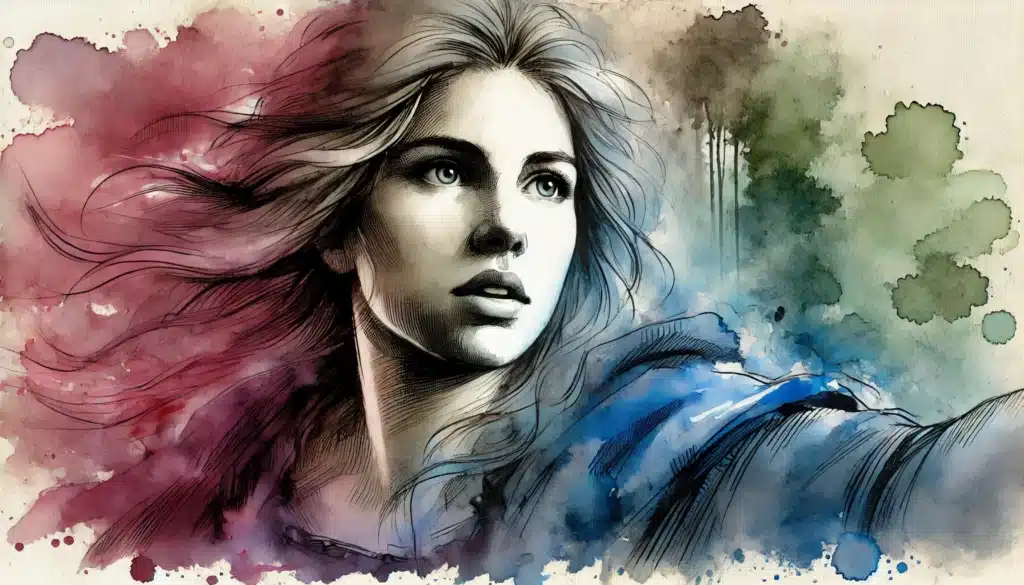
Building Emotional Arcs for Characters
The path to a character’s heart runs through an emotional arc: a journey that changes them forever. “Leveling up” isn’t just about stat blocks; true growth is watching a broken person find hope or a callous mercenary discover loyalty. These arcs—redemption, loss, found family, unrequited love, and so many more—are the heartbeat of storytelling at the table.
⚔️ Fantasy RPG Random Tables Books
Make life as a Gamemaster easier…
If you play Dungeons & Dragons, Pathfinder, or other fantasy RPGs, this
RPG random tables series
is packed with encounters, NPCs, treasure, and more. Available in eBook or print—either way, you’ll have a wealth of adventure ideas at your fingertips.
When crafting emotional arcs, start with the players. Let them tell you what kind of stories move them. Maybe they want to chase justice for a lost sibling, or explore what it means to be accepted for the first time. The best arcs are ones that players feel invested in building, rather than plots that are simply handed down from on high.
Involve players in designing their arcs at character creation and session zero. Ask questions: What would break your character’s heart? What do they dream about? Who do they trust? These kernels will grow into emotional plots that feel organic, not forced. Remember, it’s about collaboration: the game is at its most powerful when it’s personal.
To help inspire, here are fifteen possible emotional arcs for characters in your campaign:
- Avenging a lost loved one
- Seeking acceptance in a new community
- Wrestling with a haunted past
- Overcoming a deep-seated fear
- Finding a true home after exile
- Healing from betrayal
- Chasing redemption for a terrible mistake
- Falling in love with someone “forbidden”
- Breaking a cursed family legacy
- Learning to forgive an old enemy
- Discovering a missing parent’s fate
- Making peace with mortality
- Holding onto hope after repeated failure
- Leading a divided group to unity
- Sacrificing comfort for a greater cause
- Escaping a manipulative relationship
- Swearing vengeance after a public humiliation
- Letting go of an impossible dream
As a DM, don’t just set these arcs in motion and walk away. Schedule session zero specifically to plant seeds for emotional growth. Encourage players to share ideas, and outline how you’ll support those arcs each session. Emphasize that arcs evolve—let moments from play shift the direction or intensity of the story, and draw out change over time.
Most importantly, emotional arcs should feel earned. Let characters grow organically, not on a predetermined schedule. The slow bloom of trust, the reluctant apology after a heated argument—these are small, sincere victories that make the final confrontation or reconciliation feel monumental.
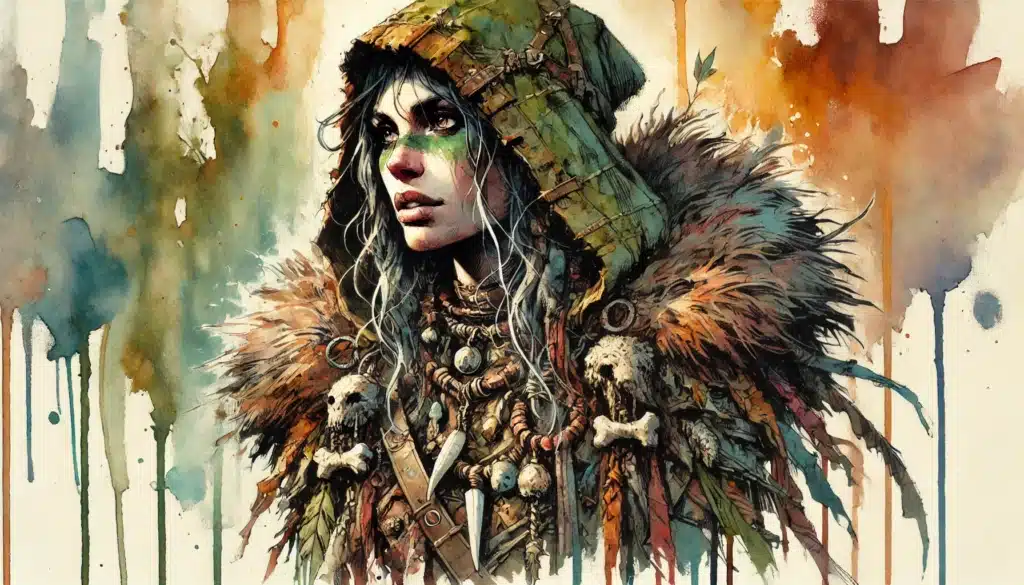
Emotional Worldbuilding
A living, breathing world is one where emotion seeps from every shadowed alley and sunlit glade. Emotional worldbuilding means every detail—from a haunted graveyard to a bustling marketplace—evokes a feeling that pulls players in deeper. It’s not just who they fight, but where they fight, and what the setting means to them.
Imagine a campaign set in a village still reeling from a recent tragedy. The buildings lean inward as if to shield each other from memory; townsfolk light candles not just for the dead, but for every hope abandoned. Or a sprawling city on the brink, its leaders precariously balancing optimism and undeniable dread. Locations themselves can carry emotional weight—every place a stage for drama, every vista a potential memory.
NPCs and factions offer another layer of emotional storytelling. Instead of black-and-white morality, populate your world with groups that have complicated histories, rivalries, and griefs of their own. Let the players see a former villain laying down arms to mourn, or a noble order crumbling under the weight of old secrets.
Even the tone of different locations matters. A war-ravaged land might radiate bitterness and paranoia. A city’s festival could be tinged with unspoken grief beneath the paper lanterns. These subtle choices deepen immersion and give players reasons to care about the world beyond gold and glory.
Ways to add emotional resonance to your worldbuilding:
- Cursed towns evoking sorrow and fear
- Ancient wars with lingering trauma
- Lands haunted by ancestral regret
- Celebratory cultures masking deep grief
- Leaders hiding dark pasts behind cheerful facades
- Shrines with offerings for lost dreams
- Factions defined by past betrayals
- Sanctuaries where exiles gather to mourn
- Endlessly optimistic villages on the brink of ruin
- Ghost-filled battlegrounds
- Libraries full of unsent letters
- Spirited festivals dedicated to the dearly departed
- Merchant guilds harboring generational feuds
- Ruined temples haunted by faith lost long ago
Such details aren’t just color—they shape player choices. When characters see a community wracked with guilt, or a leader willing to do anything to shield their people from further pain, the world feels real, worth fighting for or changing.
Emotionally-charged worldbuilding makes your campaign setting a living participant in the story. It becomes something the players want to protect, avenge, or redeem. They become not just wanderers, but invested citizens in a place that feels heartbreakingly real.
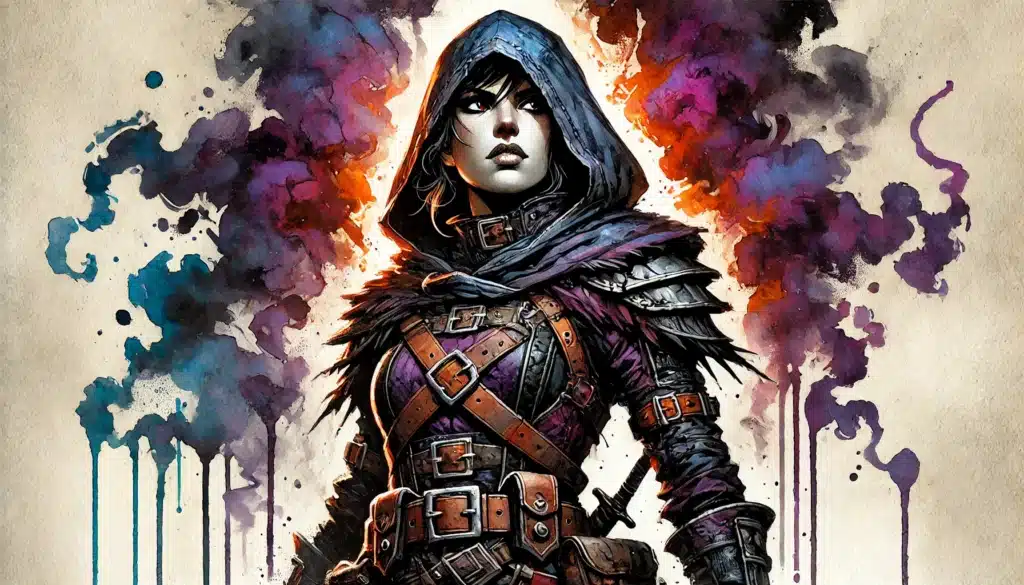
Using NPCs for Emotional Impact
NPCs are the emotional lifeblood of any campaign. A well-written character—friend, rival, or enemy—can anchor the party, giving them reasons to care beyond the plot’s next twist. Sometimes, an NPC’s fate stings more than a failed quest; sometimes, a hard-won friendship is the greatest treasure.
⚔️ Fantasy RPG Random Tables Books
Make life as a Gamemaster easier…
If you play Dungeons & Dragons, Pathfinder, or other fantasy RPGs, this
RPG random tables series
is packed with encounters, NPCs, treasure, and more. Available in eBook or print—either way, you’ll have a wealth of adventure ideas at your fingertips.
Well-designed NPCs forge bonds: the wise mentor whose encouragement means everything, the fiercely loyal ally, the nemesis who knows exactly which buttons to push. These relationships raise the stakes, inspire moments of joyful camaraderie or simmering rivalry, and ensure every player is a little more on edge.
NPCs also serve as mirrors and foils. An enemy with doubts can provoke self-reflection; a reluctant friend might push characters to confront their darker impulses. NPCs can challenge, uplift, or break the party’s hearts in ways that rules and mechanics never could.
Consider weaving in contrasts: a gruff mercenary with a soft spot for stray animals, or the laughing bartender who quietly pours one drink for the lost every night. Dynamic, emotionally-driven NPCs are the secret ingredient to unforgettable tabletop drama.
Emotional NPC concepts to inspire you:
- Mentor who fears losing their protégé
- Enemy who questions their own orders
- Sibling jealous of the adventurer’s fame
- Parent seeking reconciliation after years apart
- Former friend now a bitter rival
- Lover forced into betrayal
- Stoic ally hiding a terminal illness
- Child who idolizes a party member
- Villager with survivor’s guilt
- Noble wracked with shame over past cowardice
- Retired hero who’s lost hope
- Rival adventuring party led by a spurned lover
- Merchant haunted by a failed rescue
- Homeless prophet with cryptic warnings
- Guard captain torn between duty and love
- Wounded healer who helps despite their pain
Remember: every connection made between PC and NPC raises the emotional stakes. The loss, betrayal, or redemption of a cherished NPC can turn a mundane mission into something epic.
Never underestimate the power of player-NPC bonds. Nurture these ties and every battle, every choice, will matter more. The shadow of consequence looms larger when friends or foes stand in the crossfire.
Designing Emotionally Charged Encounters
Not every encounter is about danger. Some are about regret, love, doubt, or sacrifice. The most memorable battles aren’t always the bloodiest—they’re the ones that leave players silent as the dust settles, grappling with what just happened.
To design encounters with emotional punch, think beyond “win/lose.” What does the fight represent? A final showdown with a betraying ally? The harrowing rescue of an innocent with personal ties to the party? Emotional themes amplify tension and investment, making every round meaningful.
Encounters can pose moral dilemmas: protect the townsfolk you’ve grown to care about, or chase the escaping villain who wronged you. Sometimes, “victory” comes with a price—maybe saving one means losing another. Encounters can dredge up memories: the battlefield where a character’s family was lost, or a creature twisted by a failed attempt at mercy.
Here’s a table of encounter ideas to get your emotional wheels turning:
| Encounter Name | Emotional Theme | Player Impact | Follow-Up Opportunity |
|---|---|---|---|
| The Last Stand | Sacrifice | Forces a heroic, possibly tragic choice | Survivor guilt or honor memorial |
| Ghosts of the Past | Regret | Revisits unresolved trauma | Personal closure quest |
| Crossroads Duel | Betrayal | PC vs. former ally, torn loyalties | Forgiveness or lasting grudge |
| The Plea for Mercy | Compassion | Enemy surrenders, begs for life | Consequences for mercy or refusal |
| Burning the Village | Guilt | Inadvertent harm to innocents | Restitution, rebuilding, or exile |
| Broken Oath | Shame | Party faces a failed promise | Redemption or loss of trust |
| The Family Reunion | Longing | PC meets a changed/lost loved one | New personal arc, fresh secrets |
| The Unwinnable Fight | Despair | Hopeless odds, forced retreat | Allies lost, rallying for revenge |
| The Healer’s Choice | Tough Love | Save one wounded NPC but not another | Survivor’s burden, lingering pain |
| The Exile’s Return | Acceptance | Confronting past mistakes | Rejoining, exile, or bittersweet peace |
When a victory hurts more than failure, or when an enemy’s defeat brings no closure, your players will remember the moment. Emotionally-charged encounters are the deep currents beneath the action—more compelling, in the end, than any spell or sword.
Don’t be afraid to set up fights where “winning” costs something. A rescue mission where a sacrifice is necessary, or a monster revealed to be an innocent in disguise, can haunt a party in the best possible way. When emotion drives the drama, your campaign rises above the mundane and becomes legend.
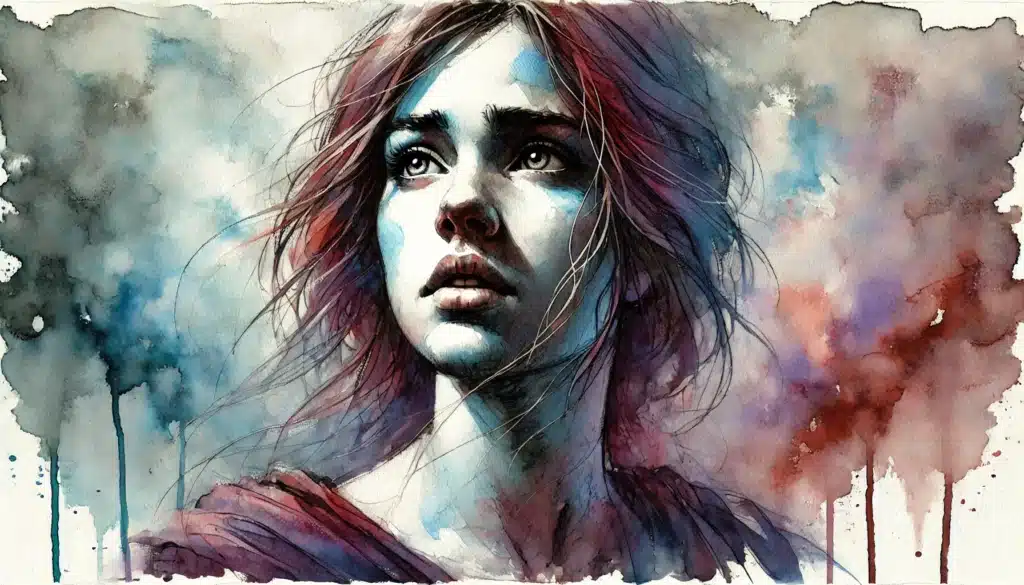
Helping Players Get Emotionally Invested
Creating a campaign with genuine emotional payoffs means fostering a table culture where vulnerability is safe and encouraged. Not every player is comfortable baring their soul through a character right away, so the DM’s job is to gently lead by example—demonstrating sincerity, and making clear that feelings belong at the table.
Show emotional openness in your roleplaying, whether as a teary-eyed NPC or a goblin who cracks under pressure. Respect moments of tension or tenderness. Invite players to speak up about what their characters really feel, and never mock or dismiss their choices. Model the emotional risks you want to see.
It’s also essential to establish boundaries. Use tools like Lines and Veils or the X-card, which allow players to quietly signal discomfort with certain themes. Safety isn’t just about avoiding trauma—it’s about making sure that every player can engage at a depth that feels good for them. Set aside time at session zero to discuss, and check in often.
When players feel secure, they’ll take emotional risks with their characters. They’ll form bonds, make hard choices, and buy into communal storytelling in ways that elevate your campaign to something truly unforgettable.
Emotional Session Pacing
Emotion is like music—it needs rhythm. A relentless beat of tragedy or high tension wears everyone out. Likewise, a campaign with no emotional swells can feel lifeless. The trick is knowing when to press, and when to pull back, allowing moments to breathe so that each emotional beat lands with power.
Comic relief isn’t just a break—it’s a vital reset that lets the table laugh after hard moments, strengthening bonds between player and character alike. Downtime scenes, like quiet evenings by the fire or city days full of bustle, offer decompression and authentic character interaction.
Try my AI Tabletop RPG generators...and an extensive library of content!
Build in aftermath scenes after big events. Let characters process grief, guilt, or triumph. These moments—where nobody’s rolling dice, and everyone’s just talking—may become the heart of your campaign. Encourage small rituals or quiet gestures: a toast to the fallen, a newly carved token, or a letter written but never sent.
Here are pacing tools for emotional storytelling:
- Aftermath scenes post-conflict
- Campfire chats
- Mid-session breaks for player reflection
- Lighthearted distractions after dark moments
- In-world rituals for processing grief
- Letters, journals, or dreams as outlets
- Festival or celebration scenes
- Night watches full of whispered secrets
- Time skips for emotional decompression
- “Downtime” episode sessions
- Family/friendship-focused vignettes
- Recaps and debriefs at the end of sessions
Let emotional moments linger. If the table goes quiet after a dramatic scene, don’t rush into the next battle. Give space for reaction, discussion, and in-character vulnerability—these are the moments that stick.
In the end, the best DM is a conductor: building to crescendos, knowing when to hold back, and always listening for the notes that matter most. Respect the rhythm of your table, and let those emotional beats resonate.
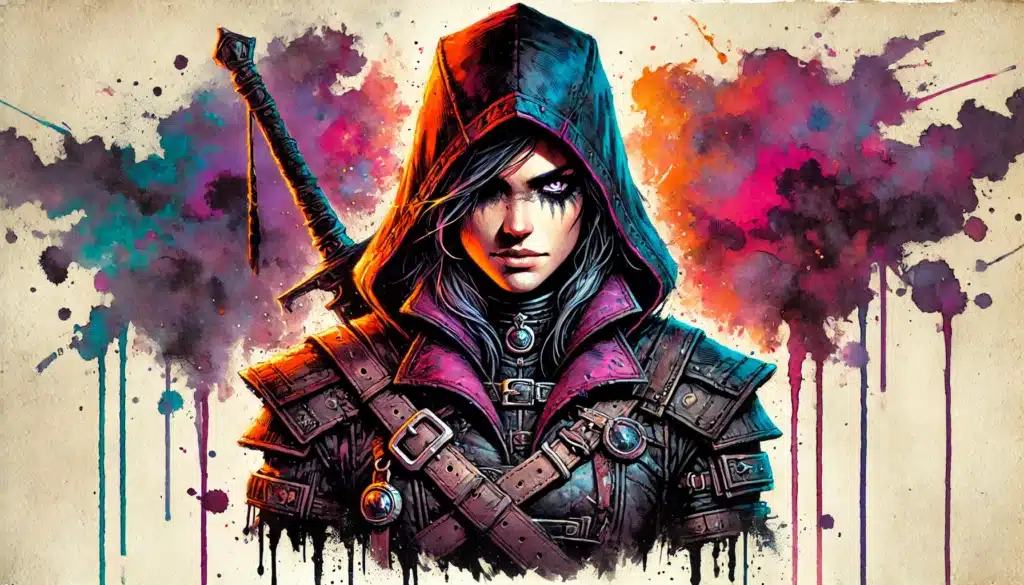
Handling Real Emotions at the Table
Unscripted emotion—tears, anger, cathartic laughter—will eventually bloom at any deeply-invested table. When it does, embrace it. That’s the sign of a game firing on all cylinders. But with that power comes responsibility: read the room, check in, and know how to support players if lines are crossed or feelings get too real.
Sometimes, a moment hits deeper than expected. Pause the game, check in privately or with the group, and make space for everyone’s reaction. It’s okay to stop play so everyone has a chance to regroup. No story is worth pushing someone past their comfort zone.
Encourage players to communicate before and after heavy scenes. Use debriefs: talk about what happened, share feelings, and respect anyone who wants to step away from certain plots. The goal is not to avoid intensity, but to approach it with care, consent, and flexibility.
Here are ways to manage real emotions at the table:
- Private check-ins after intense moments
- Group debriefs post-session
- Clear opt-outs for triggering scenes
- Session zero boundary discussions
- Using the X-card or similar safety tools
- Regular “temperature checks” throughout play
- Allowing players to “fade to black” or gloss over details
- Reassure players that emotion is welcome
- Explicitly signal when you’re “in character” versus “out of character”
- Include breaks for emotional reset
- Encourage journaling or other out-of-game processing
- Create “cool-down” scenes post-climax
- Make space for laughter and celebration, too
- Remind the group that play is for everyone’s enjoyment
Safety and consent are the cornerstones of emotionally powerful storytelling. If a player needs to step back or change course, support them unconditionally. Every epic tear or sweeping act of forgiveness is a gift—treasure it, and protect those who share it.
⚔️ Fantasy RPG Random Tables Books
Make life as a Gamemaster easier…
If you play Dungeons & Dragons, Pathfinder, or other fantasy RPGs, this
RPG random tables series
is packed with encounters, NPCs, treasure, and more. Available in eBook or print—either way, you’ll have a wealth of adventure ideas at your fingertips.
Emotional intensity is the greatest strength of tabletop roleplaying. But it only works when everyone feels seen and respected. Keep the lines of communication open, and your campaign will thrive.
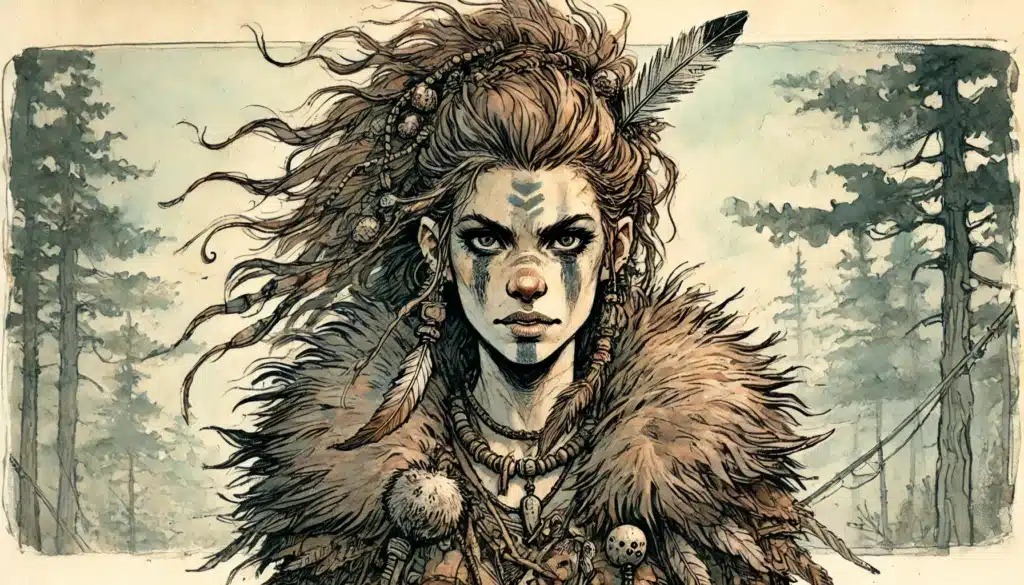
Final Thoughts on Emotion in D&D
The most treasured stories—those that echo years and countless campaigns later—come from shared emotion. The laughter at an unexpected bond, the sting of betrayal, the catharsis of forgiveness: these are the moments you and your players will cherish long after the session’s end.
As a Dungeon Master, you wield the power to create these memories. By crafting arcs that ask characters to change, worlds that beg to be loved or lost, and encounters that challenge more than just armor class, you invite players into a living, breathing story. It’s a balancing act—too much intensity can be overwhelming, but too little leaves a campaign feeling shallow.
Always calibrate to your group’s comfort and openness, adjusting tone and pacing as needed. What moves one table to tears may provoke eye-rolls at another. Seek the blend of fun, excitement, and depth that works for you.
Don’t fear the vulnerability that comes with honest emotional storytelling. With thoughtful consent and careful design, you can create an atmosphere where every win, loss, and decision resonates at the deepest level. This is what makes D&D uniquely magical: the chance to co-author the most powerful stories alongside your friends.
So go ahead—invite emotion to the table. Watch your campaign come alive. The memories you forge will be the true treasure of the game.

